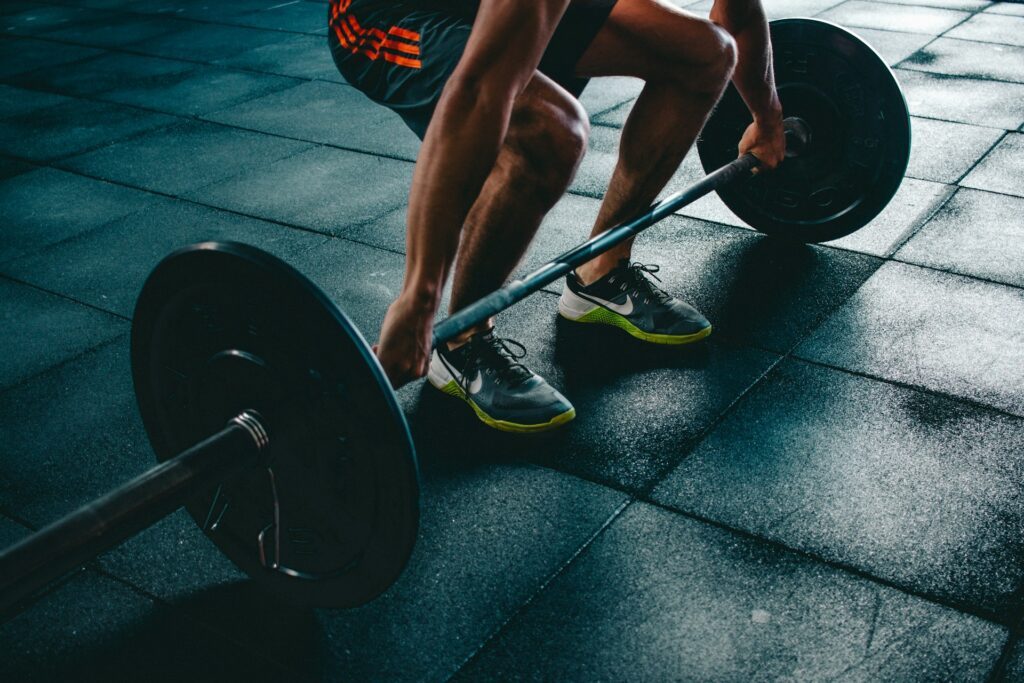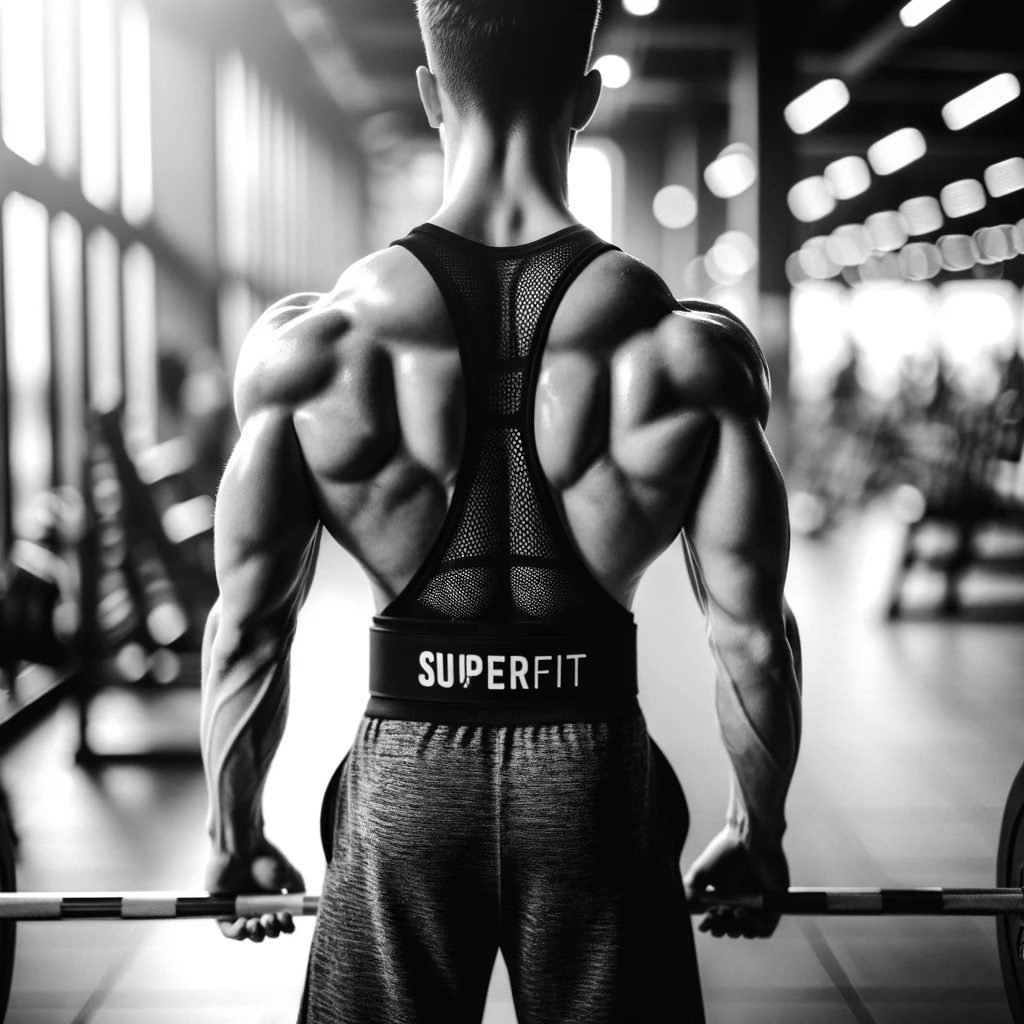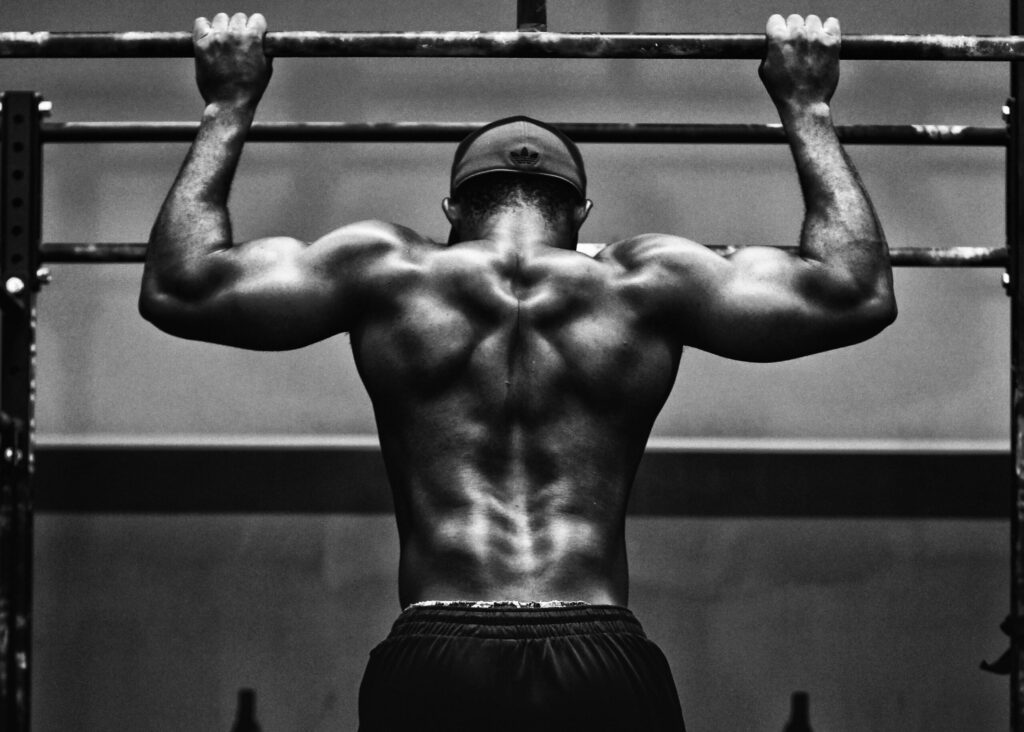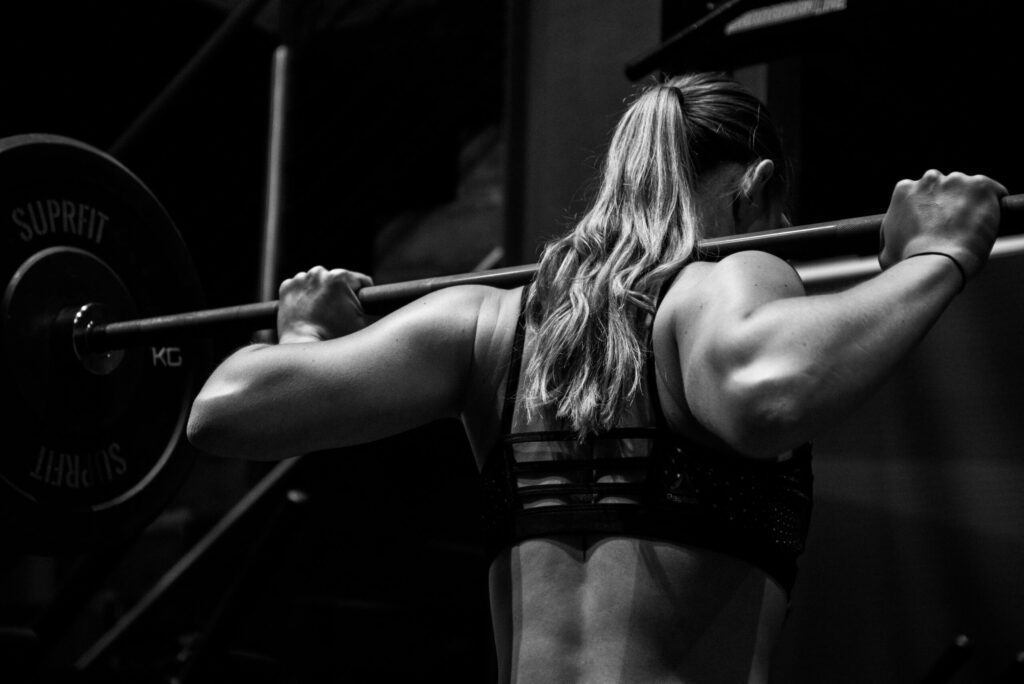The principles of training are guidelines that will govern how we set up and effective training program. These principles are specificity, progressive overload, individualisation, fatigue management, the SRA model, variation and reversibility should all be intertwined within ones training program to ensure a desired outcome.
If you are like me and a lot of other coaches out there and you reflect on past experience you can probably conclude you no idea about the principles of training. It was most likely a case of if you couldn’t walk after leg day or your hands weren’t shaking after upper body then you hadn’t trained hard enough. Sessions involved ungodly amounts of volume, chasing pumps and drop set after drop set, all this for 5,6,7 days a week.
I made some really good gains early. Being a fresh beginner you can simply look at a dumbbell and grow but we also know that volume is highly correlated with hypertrophy so there is something to be said about these treacherous training weeks. What I had no idea about was the rest. The likes of fatigue management, SRA model and specificity were all things that were yet visible in my training.
Part 1 of this blog will review the principles of Specificity, Progressive Overload and Individualisation.
Specificity
The SAID principle, “specific adaptions to imposed demands” governs all other principles. Keeping specificity at the forefront of you mind whilst designing training is vital as it will direct how you apply the remaining principles. If you want to be good or get better at something then it is simple, you must practice that something. If you wanted to be better at deadlifting, would you have deadlifts or leg extensions as the main exercises in your lower body program? Deadlifts! The same can be applied in many other examples in training:
-
Strength is specific to rep ranges. If you want to a strong 1RM then you should spend a good amount of time training in the 1-5 rep range. If you spend more time training in the 12-15 rep range, then you will get stronger in that specific range. You will of course gain some strength as a result of muscle growth but compared to training in ranges of 1-5 you won’t be as strong for that specific lift (unless of course you are a beginner, we all envy newbie gains).
-
Following the above dot point. We know that volume tends to be the main driver of hypertrophy given appropriate loads and appropriate proximity to failure. It’s not “practical” to try accumulate volume in 1-5 rep ranges so working in the 6-30 rep range is more specific for hypertrophy. Yes, as high as 30 reps can provide adequate hypertrophy stimulus.
-
How you progress training must be specific to the adaption you are trying to make. If you are looking to get stronger then you must progress by adding load to the bar. If you are looking for hypertrophy then volume must increase generally through sets and reps, but adding weight also contributes to more volume.
Applying into your practice;
You must to train specifically to your goals. If you are competing in a powerlifting comp in 5 months, then it is highly likely you are going to want to perform the big 3 in the lead up to this event. Other principles and training variables (volume, intensity, frequency, exercise selection, exercise order, rest periods, tempo) will need to be put in place and managed accordingly for the required outcome, but if your training does not revolve around increasing intensities on squat, bench and deadlifts then you are setting yourself up for a sub-par performance.
Progressive Overload
Increased demands and stress on the body is a requirement for progression. Adaptions will only occur if the new stimulus exceeds the bodies current adaption level. Over time, more is needed to progress. There are a number of ways in which progressive overload can be applied to a training program. These being;
-
Increased intensity
-
Increased sets
-
Increased reps
-
Increased range of movement
-
Decreased rest times
-
Technique improvements
-
Increased time under tension.
What you’ll notice is that there is a number of ways we can progress and the coach/athlete that can take advantage of this is more likely to have success than those who don’t.
As mentioned above we need to provide a higher stimulus than what we are previously adapted to, in order to elicit change. Failing to address this principle, no matter how specific you are, will not provoke your body to breach homeostasis which signal pathways that ultimately lead to progress.
Certain exercises suit different overloads strategies. Can we expect to add weight each week to a shoulder fly? Probably not. Can we expect to add weight to a squat or deadlift each week? Potentially yes.
So a progression week to week of 2.5-5kg on your squat or deadlift is quite realistic. This is known as a single progression, where one variable changes.
Taking the shoulder fly example, it would be more realistic to add reps and sets first then increase weight. This progression model can be viewed as a double or triple progression as 2 or 3 variables change. Here is an example of double progression for a shoulder fly;
Week 1 – 3 x 10 @ 9kg
Week 2 – 3 x 11 @9kg
Week 3 – 3 x 12 @ 9kg
Week 4 – 3 x 10 @ 10kg
It’s important to note that well used overload should occur when the body has had the chance to adapt to the previous stimulus. Just like too little over load will halt progression, trying to progress too fast for the body to adapt will lead to stalls.
Individualisation
Each and every one of us is highly unique. Our individual characteristics define us in different ways. What works for one person may not work for the next, so each individual will require their own unique plan to optimise their results. Sure there is going to be some overlap, but if you dig deep enough you will find there are many more differences than you think.
What could we consider to be an individual variance;
-
Gender
-
Height
-
Weight
-
Genetics
-
Training age
-
Fitness level
-
Muscle attachment points
-
Body composition
-
Bone structure
-
Environment
-
Psychological factors
The list of differences goes on and on, way beyond just physical differences. Cultural, social and environmental differences also have a great effect. Taking the time to understand differences in your clients and applying the appropriate structure will go a long way to ensuring your practice is not only safe but also successful.
Let’s look at an example of programming a squat for an experienced (10+ years) vs beginner (6 months) lifter. If you were going to say who do you think can handle the most squat frequency during the week most people would say the experienced. In a lot of cases it’s the other way around. You see an advanced lifter is very very good at what they do! This means when they squat they can/need to do it at a very high level of exertion. The result a very beat up athlete with a long recovery curve. The beginner due to technique and simply less time in the game does
n’t have the capacity or need to use high levels of exertion to progress and can therefore quite easily squat 2, 3 even 4 times a week without drama.
Conclusion
If your program doesn’t take into consideration training for a specific goal, your training doesn’t provide overload and it is not individualised to your needs then it is likely time to jump ship. A program, especially without these three principles may just lead you in the wrong direction.
Next month we will review the remaining principles.







